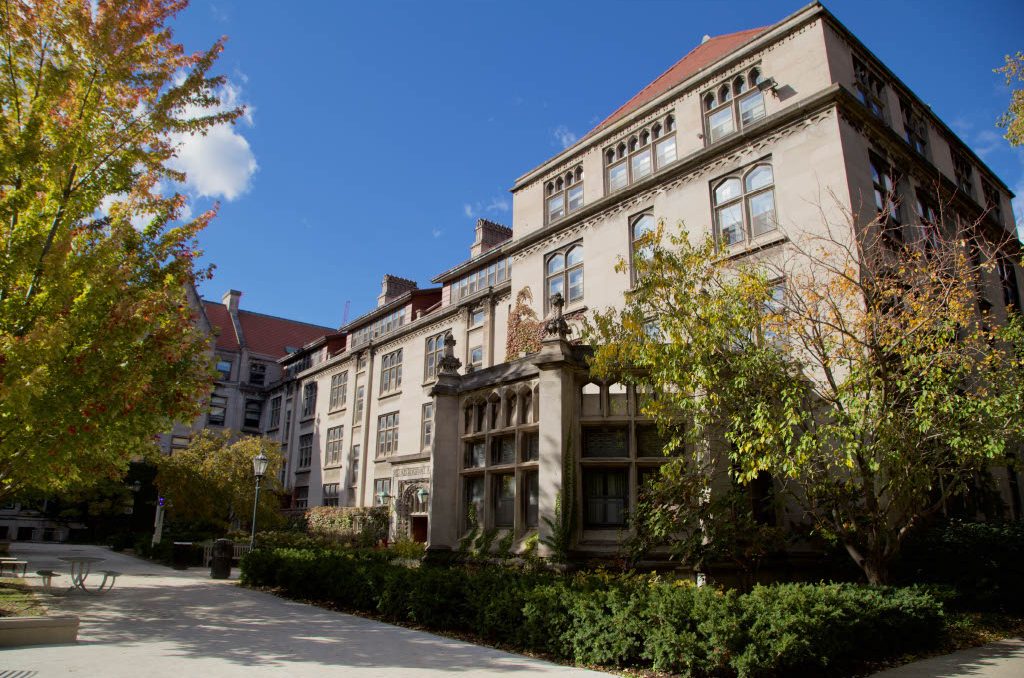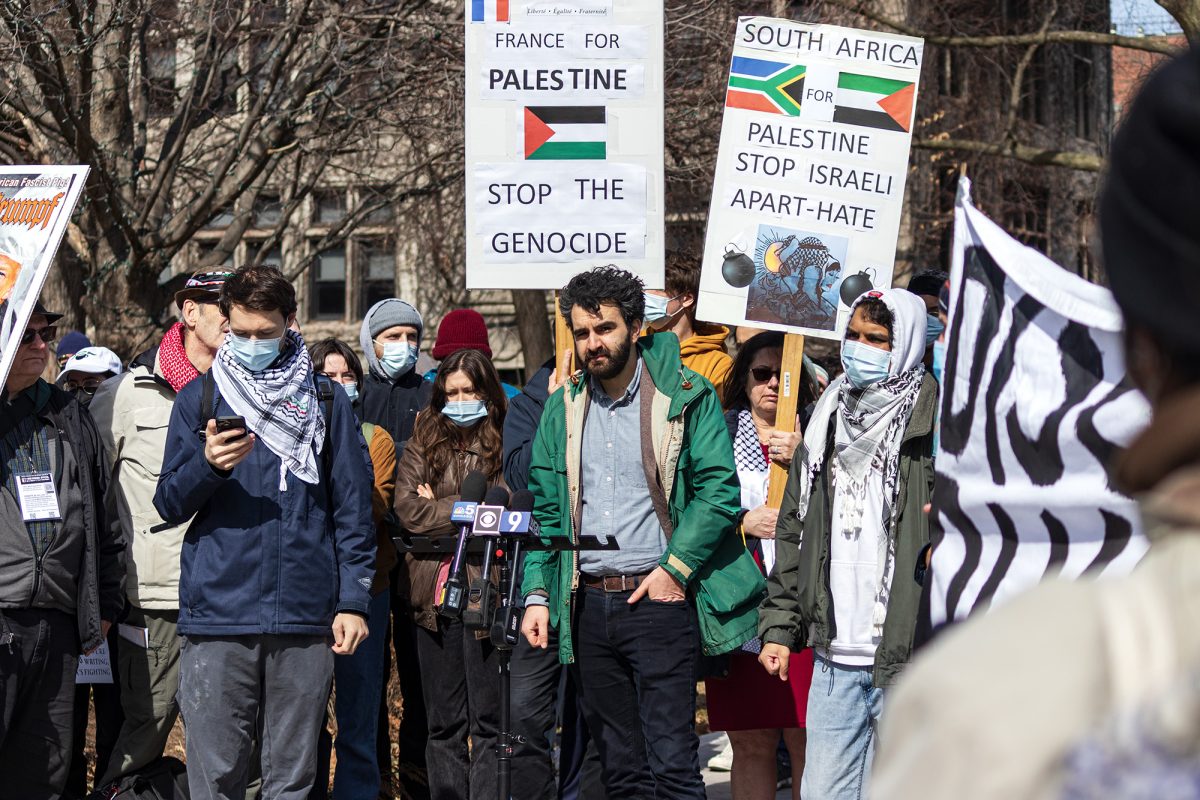A professor at the Booth School of Business recently caused a stir by inviting former Trump ally Steve Bannon to speak on campus, an invitation Bannon has reportedly accepted. The morning after the news broke, roughly 100 people protested outside Booth, calling for the invitation to be rescinded, sparking yet another debate about whether inviting right-wing speakers to college campuses signifies an embrace of liberal values or a tacit endorsement of the opinions such speakers espouse.
Bannon’s potential presence doesn’t necessarily mean the school supports his odious worldview. Nor does one professor’s request, while tolerated by the administration, define its stance vis-à-vis racism. A look at its 162-year history, however, paints a clearer picture: The University of Chicago has always been a white supremacist institution.
Though the current campus opened in 1890 with the support of infamous robber baron John D. Rockefeller, the original Bronzeville campus—which shut down a few years prior—was established in the antebellum period. As three University scholars clarify in their research, the first University of Chicago's 10-acre land endowment was provided by none other than Stephen A. Douglas, one of Lincoln's main rivals in the 1860 presidential election and the university’s first president of the board of trustees. He was also, of course, a prominent member of the slavocracy, holding more than 140 Africans in bondage on the Mississippi cotton plantation he inherited from his father-in-law. Decades later, the University leveraged the land endowment to borrow the millions of dollars it needed to build its iconic Hyde Park campus, according to the researchers. In other words, the school’s material wealth, represented today by its more than $7 billion endowment, has its beginnings in profits extracted from the forced labor of enslaved human beings.
Lest this history be relegated to the somewhat distant past, the story doesn’t end at the school’s founding. The university’s anti-black practices continue to this day, even if they don’t seem overt to many students.
The University of Chicago Police Department surveils a large number of black Chicagoans. From its headquarters in Woodlawn—a neighborhood that is 84 percent black—it holds jurisdiction over six square miles and more than 65,000 people, less than a quarter of whom are UChicago students. Since it is a private force run by the University, it operates in secrecy despite holding the same powers as a municipal or county sheriff’s department. It isn’t subject to the Freedom of Information Act nor is it required to release statistics about stops its officers make. The Independent Review Committee—an unelected group of 13 students, faculty, staff, and community members appointed by the provost—reviews UCPD annually, although it is powerless to make any changes to the way it operates. From 2005–2016, 148 official complaints were filed against the department. Of the 109 the IRC reviewed, 83 of the complainants were black and only eight of the total were students. These statistics corroborate the obvious: UCPD directs its unchecked police powers against the black community in the vicinity of the predominantly white campus.
At a university with a 4.3% black student population, many of these tensions are rendered nearly invisible, despite the efforts of organizations like the Reparations at UChicago Working Group. But they are very much a part of our campus’ past, present, and, barring some unforeseen radical upheaval, its future.
Steve Bannon can’t bring white supremacy to the University of Chicago; it already lives here.
Aram Ghoogasian is a first-year MA student in Middle Eastern Studies.







